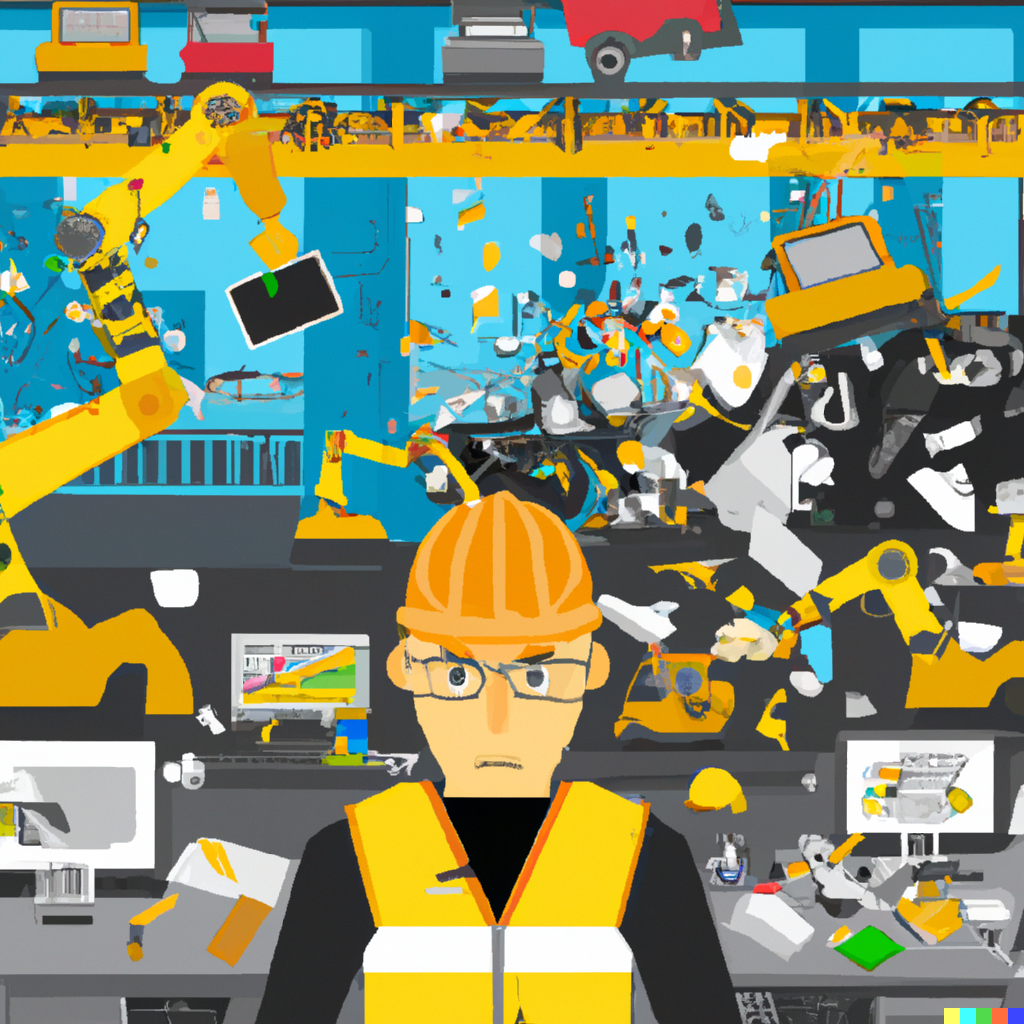How to compare CMMS (Computerized Maintenance Management System) systems.
As a company that released new CMMS, we are asked frequently: “What is the difference between AnyMaint and other 132+ CMMS systems?”. We do have an answer, but we haven’t short one…
When the product is listed in the internet marketplaces, the things are even more complicate – every CMMS have work orders, spare parts management, KPI and so on. Sales and marketing people know how to present the things and promote the product, but what is about the real value, how can someone to compare between two software systems?
My suggestion is to get rid on the comparisons offered by search engines, and try to answer next questions:
- People: who is going to use the software in my organization? Are they need something sophisticated, with a lot of details describing the failure or PM, or few words are enough? Are they experienced with software usage and eager to learn new one?
- Company: how many hours of maintenance employees’ will be spent on the new software? Are those hours available, or extra staff should be hired?
- Processes: Do we have written definitions for preventive maintenance, spare parts, audits, failure codes etc.? Do we need them?
- Tools: How many tools we have and how many maintenance they need?
- Environment: integrations with other systems, connectivity with equipment etc.
- Budget: How many the company going to spend on the system directly? How many extra staff will cost?
- Other (most important): anything you have in mind before performance “best CMMS ever” search on the internet. What are your expectations from this instrument? If you haven’t any – it is OK too.
In my opinion, answering to these questions will save a lot of time on the sales meetings, since you will know better what to look for, what to ask and how to compare the answers.
The reason for multiple CMMS products in the market is simple – no one of them is perfect, and no one will be. The good news is that nobody needs “perfect” maintenance software, only “good fit the organization needs” and trying to do it better every day.




